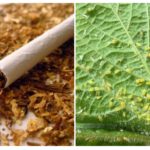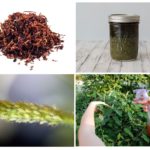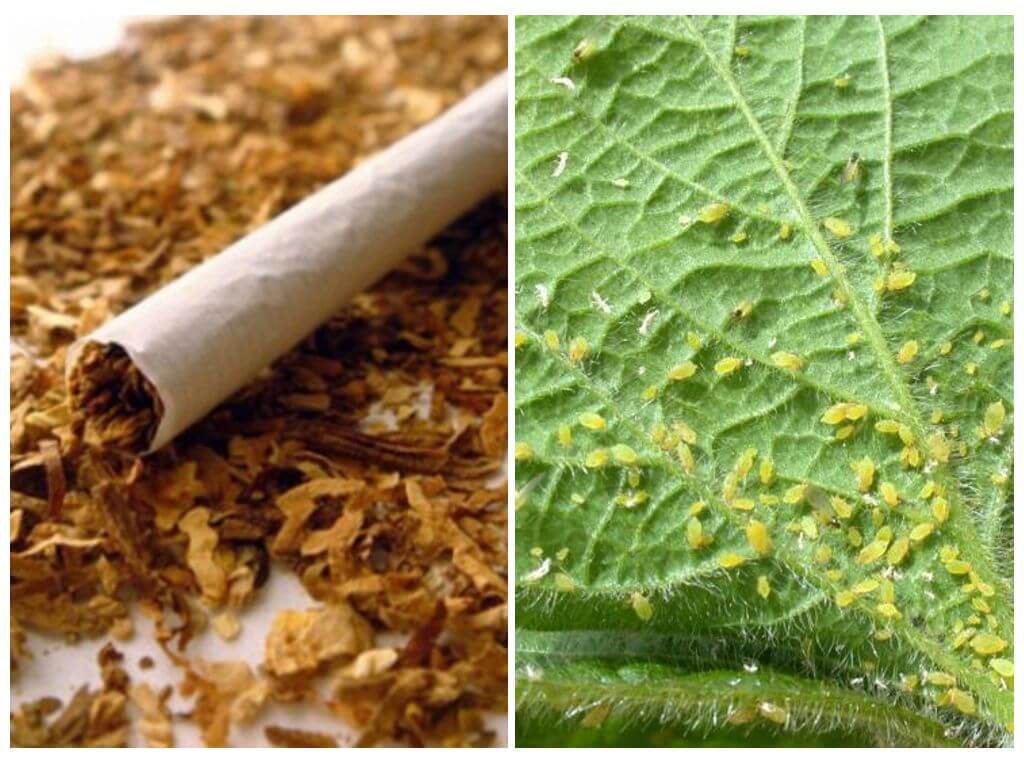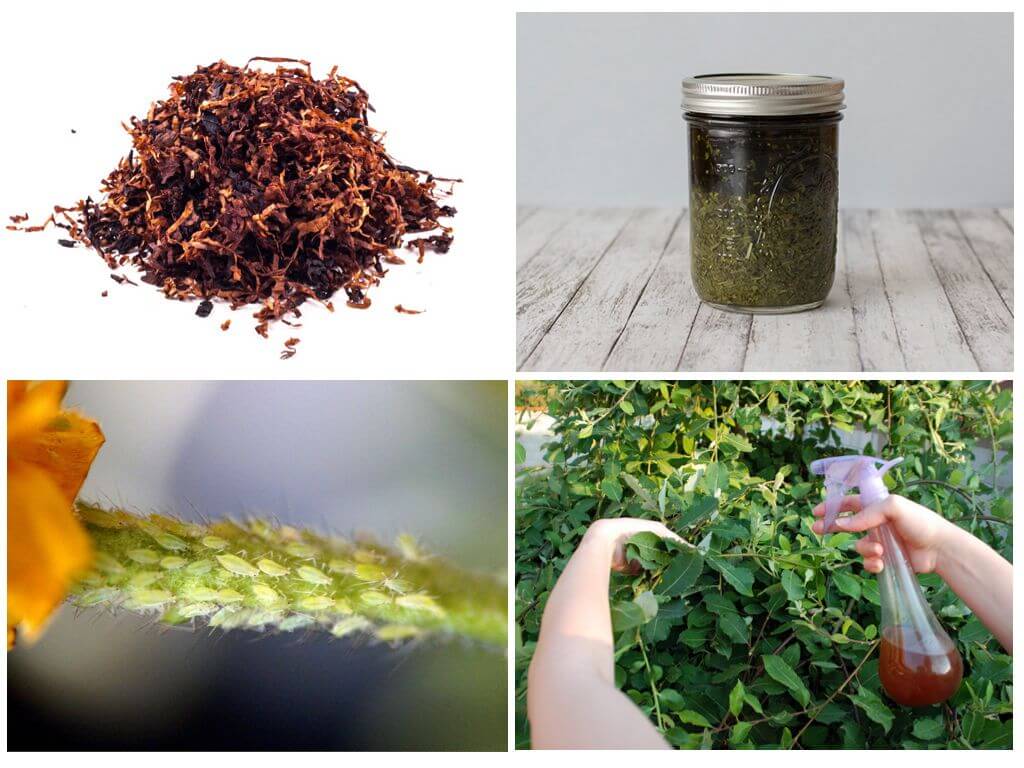Tobacco against aphids
Content
- Aphid tobacco
- The use of tobacco broth
Aphid, or as it is also called plant louse, is one of the dangerous sucking insects, from the activities of which many garden and garden crops suffer. Due to the attack of pests, plant growth stops, they become depressed and often die. To save the crop, you must regularly resort to preventive measures that prevent the occurrence of pests in the garden. For the cultivation of environmentally friendly fruits and vegetables, it is preferable to use folk remedies.So, tobacco helps from aphids. Can be processed:
- fruit trees (including Apple tree, pear, plum and cherry);
- roses;
- currant;
- cucumbers;
- tomatoes;
- pepper;
- cabbage;
- viburnum;
- dill;
- raspberries;
- houseplants;
Properties of tobacco
The infusion of tobacco leaves experienced gardeners and gardeners use as an alternative to purchase toxic chemicals designed to combat harmful insects. The plant possesses such properties due to the nicotine alkaloid contained in it - a substance very toxic to aphids. Penetrating the pest, nicotine blocks the acetylcholine receptors, causing the death of the insect.
On a note!
In addition, tobacco is an excellent fertilizer for garden plantings and is very often used as a natural top dressing. Its waste contains elements of potassium, nitrogen and phosphorus, as well as minerals necessary for the development of crops.
Tobacco infusion has a wide range of applications - it is effective against aphids, leafworms, brawlers, cabbage and apple moth, onion flyand ringed silkworm. The product is not toxic and is not dangerous to plants, unlike chemicals. There are several ways how to use aphid shag.
How to make tobacco infusion
This method is very popular with gardeners, as it is quite simple to prepare a tobacco infusion against aphids:
- 400 grams of dry tobacco leaves pour 10 liters of water;
- leave to insist in a warm place for two days;
- after the infusion of tobacco from the aphids are filtered, carefully squeezing the thick, and diluted with the same amount of water.
Strengthen the sticking effect will help added to the infusion of tobacco ground soap. It is added at the rate of 20 g per 5 l of solution. In this form, the solution is used for spraying infected to aphids the tops of a tree or shrub, as aphids accumulate on young shoots. To completely get rid of pests, the treatment is carried out every week.
On a note!
When using this tool, plant leaves may have a brown tint, which is formed due to the high concentration of tobacco in the infusion.
Tobacco decoction
Tobacco refers to folk remedies. Against aphids, it can be used in the form of a decoction, the use of which gives an equally effective result.10 g of water is poured 400 g of dried tobacco leaves. After one day, the mixture is boiled for 2 hours. Then filtered and diluted with the same amount of water and soap, as in the above described embodiment. Tobacco decoction or infusion is stored in a cool place for a long time in a hermetically sealed container.
Important!
Processing infusion or decoction of tobacco should be carried out in rubber gloves, goggles and cotton-gauze bandage, since nicotine can be absorbed by the skin and contribute to health problems.
Fumigation
Aphorus mahorka is also used in fumigating plants. It is enough to cover a tree or a bush with a wrap, a cloth. Under the bottom put burning in the tank coal, which fall asleep 500 g of tobacco dust.
Reviews
Aphids attacked gooseberry bushes. I didn’t really want to use chemistry, because my grandchildren will use the berries. Therefore, I used the advice of a neighbor and sprayed the bushes with tobacco extract. The very next day the bugs became much smaller. And after two treatments that I spent every 5 days, the insects were gone completely.
Zhanna Romanovna, Kislovodsk
If tobacco is planted next to cucumbers, then they are not afraid of any aphid.
Igor, Odessa
Tobacco is an excellent protection against aphids. But if there are already a lot of insects, then without drug spark not enough. Very effective and quite affordable tool. Helped us from aphids on gooseberries and growing nearby pear.
Natalia, Kirovsk









